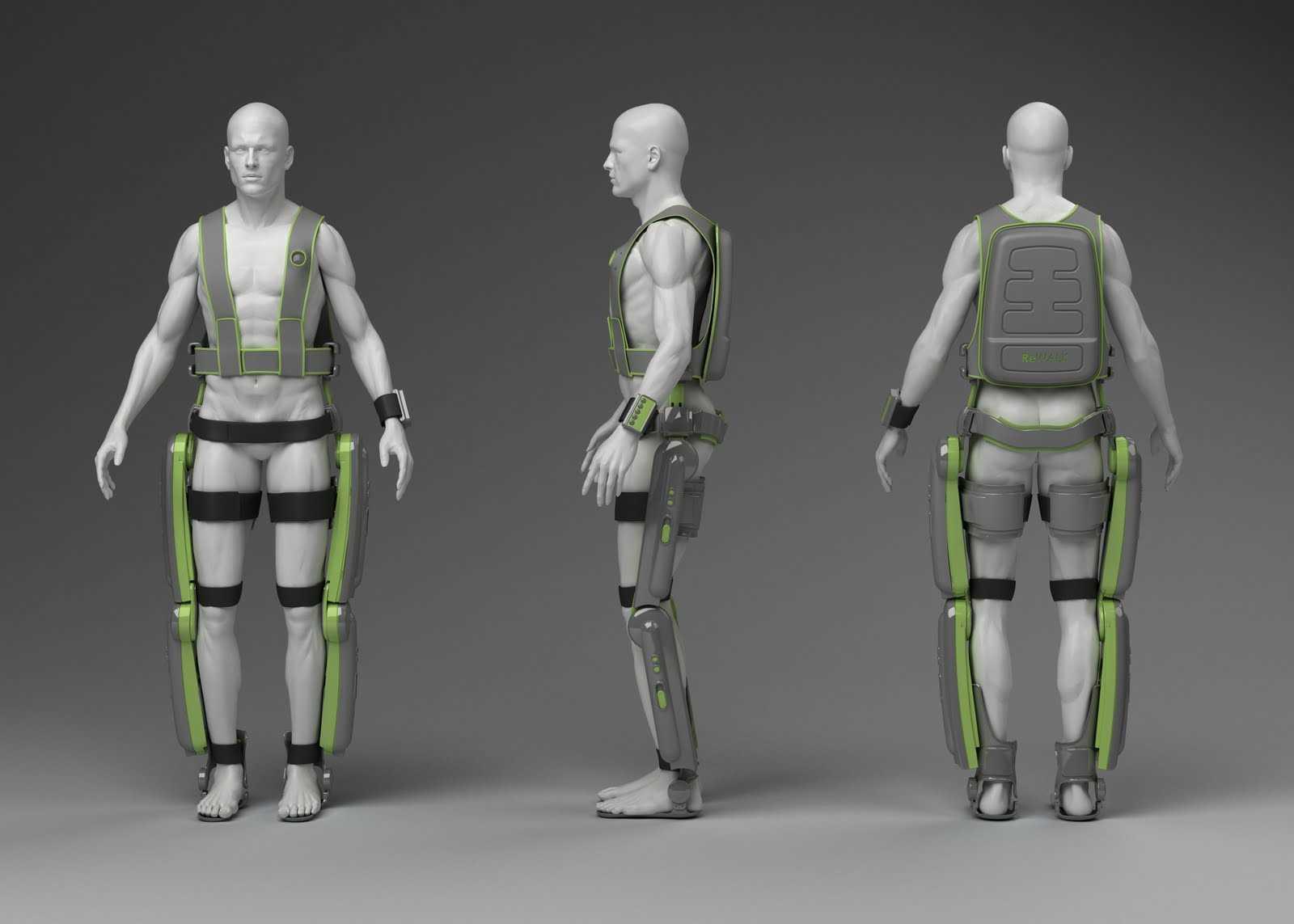The Rise of Medical Exoskeleton Industry
Originally developed in the 1960s for industrial uses, exoskeleton technology has come a long way. Powered exoskeletons, sometimes called "wearable robotics," use electric motors or pneumatics to help the wearer move with enhanced strength, endurance, and mobility. Over the past decade, researchers and companies have been applying this technology to medical rehabilitation and assistance. Medical exoskeletons aim to help people with impairments regain mobility and independence through assisted movement therapies. They also provide caregivers physical assistance to reduce injury risks. As the technology progresses, exoskeletons may soon transform rehabilitation and long-term healthcare worldwide.
Enabling Therapy and Medical Exoskeleton Industry
One of the most promising applications of Medical Exoskeletons is in physical and occupational therapy. For patients recovering from strokes, spinal cord injuries, multiple sclerosis or other conditions, exoskeleton-assisted therapy can intensify rehabilitation exercises. By enabling patients to stand, step and move with supported weight loading, exoskeletons help stimulate neural pathways and strengthen muscles much faster than traditional therapies alone. Some models can record biometrics to quantify progress and customize therapy routines. Studies show exoskeleton-assisted therapy leads to better functional recovery outcomes than traditional methods. As the technology evolves, home versions may even continue therapy independently between clinical sessions. This could significantly improve long-term patient outcomes and quality of life.
Preventing Injuries for Caregivers
Powered exoskeletons are also being developed and adopted for assisting healthcare workers and caregivers. Lifting and repositioning patients places immense physical demands and risks on caregivers that can lead to musculoskeletal injuries. Exoskeletons that enhance lifting capacity and distribute weight across the body could help prevent such injuries. Models are being designed for tasks like transferring patients between beds and wheelchairs, assisting with standing and walking exercises, and aiding personal hygiene routines. Early studies show exoskeleton use reduces physical strain on caregivers as measured by heart rate, respiratory rate and muscle activity. As costs reduce, workplace models could transform healthcare work ergonomics and safety.
Advancing toward Independence
For individuals with permanent mobility impairments, self-powered exoskeletons aim to restore independence. Full-body powered models allow paraplegics and quadriplegics to stand, walk, sit and climb stairs with support. Early adopters report improved physical functioning, mental wellbeing and confidence from regained mobility. Researchers are also exploring less intrusive designs for assisting the elderly and people with conditions like multiple sclerosis, muscular dystrophy, and Parkinson's disease. Soft exosuits that wrap around the body to augment weakened muscles offer more social acceptability than rigid frames. Continued progress in miniaturization, power storage and control algorithms will further expand the range of individuals who can benefit. In the future, medical exoskeletons may enable independent living for many who otherwise require full-time care.
Access and Affordability Hurdles Remain
While medical exoskeleton technology holds immense potential, several challenges prevent its widespread adoption and benefits realization. High development costs and small production runs currently result in exoskeleton price tags upwards of hundreds of thousands of dollars, prohibitive for most individuals and healthcare providers. Reimbursement from insurers remains limited in many regions as the devices transition from research prototypes into approved treatment modalities. Operation and maintenance requirements also present logistical and financial barriers. However, as the market grows and production scales up, costs are decreasing rapidly. Research is also exploring low-cost assistive options using 3D printing, off-the-shelf components and open-source designs. Increased awareness, clinical evidence and financing solutions will be essential to overcoming access barriers so this transformative technology reaches those who need it most.
A Growing Global Industry
An expanding range of companies, research institutions and projects are accelerating developments in medical exoskeleton design, applications and commercialization. Major industry players include Rewalk Robotics, Ekso Bionics, Parker Hannifin and MediTouch. Major research programs span institutions like Harvard, MIT, IIT Bombay and Karlsruhe Institute of Technology. Countries like the USA, Germany, Japan, South Korea and China have also launched national initiatives incentivizing exoskeleton innovations aligned with aging populations and industrial demands.
International events like the EU's Climbing Exoskeleton Challenge demonstrate growing global momentum. The medical exoskeleton market value is projected to grow from $120 million in 2019 to over $1 billion by 2025, according to some estimates, heralding a new era of enhanced human abilities, healthcare, and quality of life for millions worldwide. continued progress and partnership hold immense promise to revolutionize how we experience and deliver rehabilitation, assistive care and community reintegration.
Get More Insights on — Global Medical Exoskeleton Market
Discover the language that resonates with you:
About Author:
Ravina Pandya, content writer, has a strong foothold in the market research industry. She specializes in writing well-researched articles from different industries, including food and beverages, information and technology, healthcare, chemicals and materials, etc. (https://www.linkedin.com/in/ravina-pandya-1a3984191)

